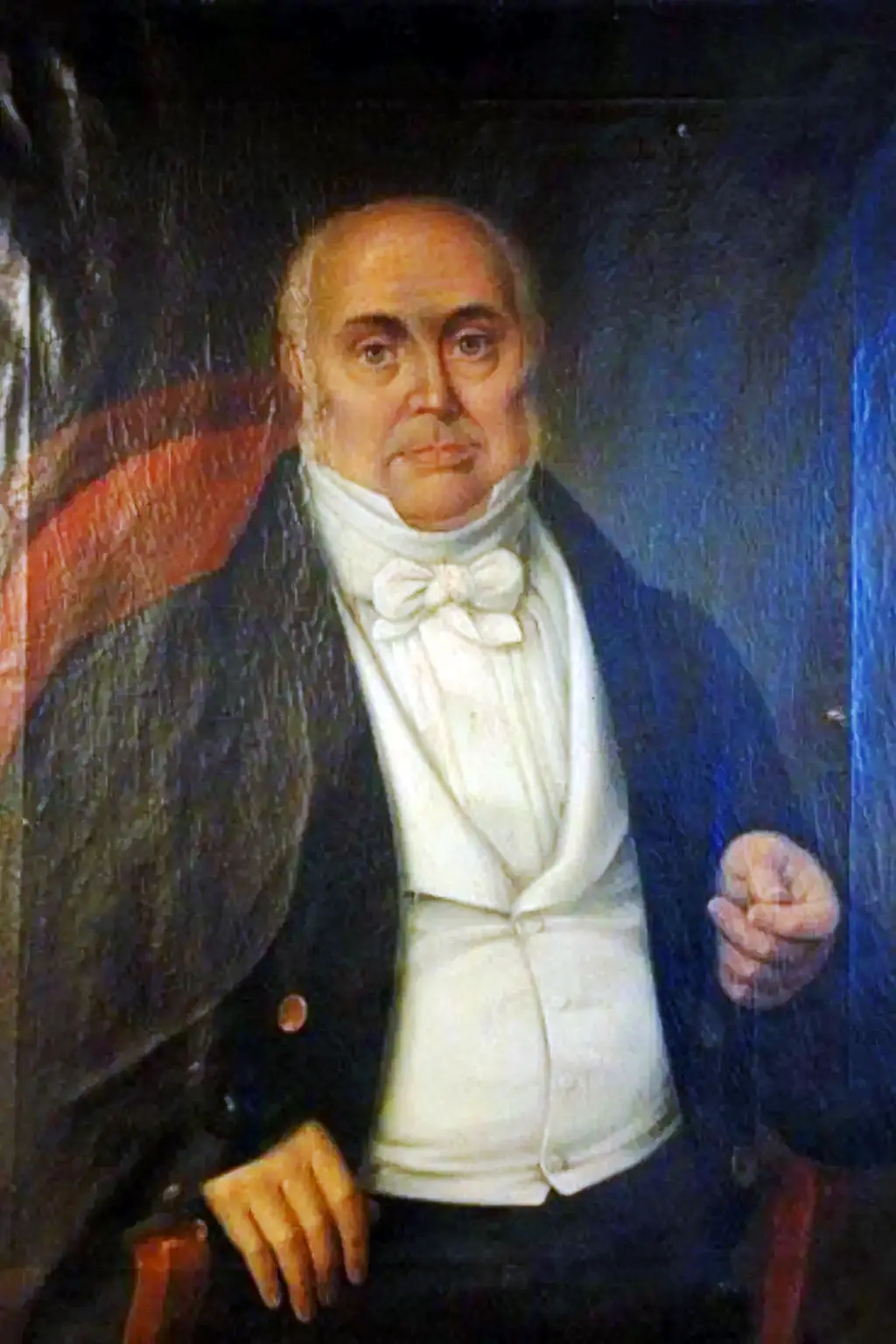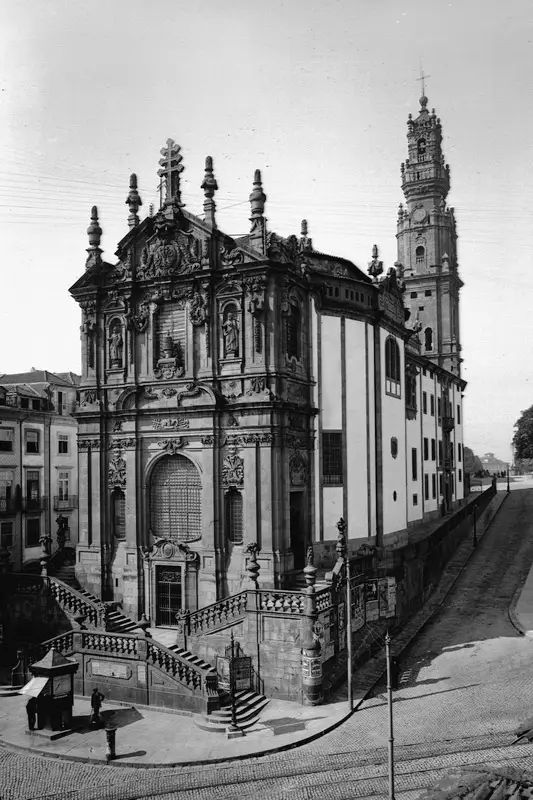Clérigos Tower, a magnificent Baroque tower in Porto, Portugal, is an architectural marvel and a must-see attraction for tourists and expats. This comprehensive guide delves into the tower’s rich history, architectural features, visitor information, and cultural significance.
History of TClérigos Tower
Built in the 18th century by Italian architect Nicolau Nasoni, Clérigos Tower stands as a testament to Porto’s enduring history. Commissioned by the Brotherhood of the Clérigos, a group of priests, the tower was intended to be a grand symbol of religious devotion. Construction began in 1754 and was completed in 1763. Interestingly, the tower was initially planned to have a twin, but the design was scaled back due to funding constraints.
The Brotherhood of the Clérigos, formed by merging three 17th-century charitable organizations, played a vital role in caring for Porto’s poor. They were granted land on a hill known as the “Hill of the Hanged Ones,” where criminals were buried, and it is on this site that the church and tower stand today. The famous church, one of the most beautiful temples with baroque features, was built between 1732 and 1749.

Architecture of Clérigos Tower
Clérigos Tower is a masterpiece of Baroque architecture, characterized by intricate details and a unique design. Constructed primarily from granite, the tower stands 75 meters tall and features six floors. Its distinct octagonal shape and ornate decorations set it apart from other structures in Porto. The tower’s façade is adorned with statues of saints and allegorical figures, adding to its visual appeal. The tower’s floors vary in width, narrowing like a telescope, creating an illusion of dematerialization.
Inside the tower, a narrow spiral staircase with 225 steps leads to the top. While the climb may seem daunting, the panoramic views from the summit are well worth the effort. The design of the tower was inspired by Tuscan campaniles.

Visiting Clérigos Tower
Opening Hours and Ticket Prices
Clérigos Tower is open daily from 9:00 AM to 7:00 PM, with the last entry at 6:30 PM. During Easter and the summer peak season, the tower extends its opening hours to include evenings between 7:00 PM and 11:00 PM.
Visitors have several ticket options to choose from:
- Full ticket with access to the Tower, Church, and Museum: €8.00
- Discounted tickets for young people (11–18 years old): €5.00
- Children under 10 years of age: Free
- Guided tour of the Tower, Church, and Museum: €9.50
- Full ticket with evening ascent to the Tower (valid in the summer months from 7:00 PM to 11:00 PM): €5.00
What to Expect During a Visit
A visit to TClérigos Tower offers a unique and rewarding experience. Here’s what you can expect:
- Climbing the Tower: Ascend the 225-step spiral staircase to the top of the tower. The climb can be challenging, but there are landings along the way where you can rest and admire the intricate architectural details.
- Panoramic Views: Enjoy breathtaking 360-degree views of Porto from the summit. Spot iconic landmarks, the Douro River, and the city’s charming neighbourhoods.
- The Bells: Be prepared to hear the 49 bells that form a large carillon within the tower.
- Exploring the Church: Visit the Clérigos Church, the Baroque church adjacent to the tower. Admire its ornate interior, including the gold leaf decorations, wood carvings, and frescoes.
- Visiting the Museum: Explore the Clérigos Museum, which houses a collection of artefacts and displays related to Nicolau Nasoni and the Brotherhood of the Clérigos.
- Historical Significance: Reflect on the tower’s past as an important navigation landmark for vessels sailing on the Douro River.
Views from Clérigos Tower
The views from the top of Clérigos Tower are truly spectacular. You can see across the city to the ocean, admire the rooftops of Porto’s historic centre, and gaze upon the Douro River with its famous wine cellars.
| Landmark | Brief Description (optional) |
|---|---|
| Livraria Lello | A stunning bookshop with an iconic neo-Gothic façade and Art Nouveau interior. |
| Praça da Liberdade | A central square with a statue of King Pedro IV and surrounded by historic buildings. |
| São Bento Railway Station | A beautiful train station with “azulejo” tile panels depicting historical scenes. |
| Porto Cathedral | A Romanesque cathedral with a commanding presence in the city. |
While the iconic Ponte Luís I bridge is not visible due to the Sé Cathedral hill blocking the view, the overall panorama is still awe-inspiring.
Cultural Significance of Clérigos Tower
Clérigos Tower holds deep cultural significance for the people of Porto. It is widely regarded as a symbol of the city and a testament to its rich history and architectural heritage. The tower has witnessed significant events, including the Napoleonic Wars and the Liberal Wars, and has served as a navigation landmark for ships on the Douro River. When it was built, it was the tallest structure in all of Portugal.
The tower’s enduring presence in Porto’s skyline has made it an integral part of the city’s identity. It represents the resilience and spirit of the people of Porto and serves as a reminder of their past. For visitors, especially in the evening when the crowds are fewer, the tower offers a tranquil experience and a unique perspective of Porto.
Interesting Facts and Stories
- In 1917, two Spanish acrobats, the Puertollano’s, climbed the tower in front of a large crowd, a feat that seemed impossible given the tower’s height and structure.
- The tower was initially intended to have two symmetrical towers, but the plans were scaled back due to funding limitations.
- The tower is built of granite with rococo flourishes.
- The tower served as a strategic post during military and political battles, including the French invasions and the Liberal Wars.
- Nicolau Nasoni, the architect of Clérigos Tower, joined the Clérigos order in his later years and is buried in an unmarked tomb within the church he designed.


